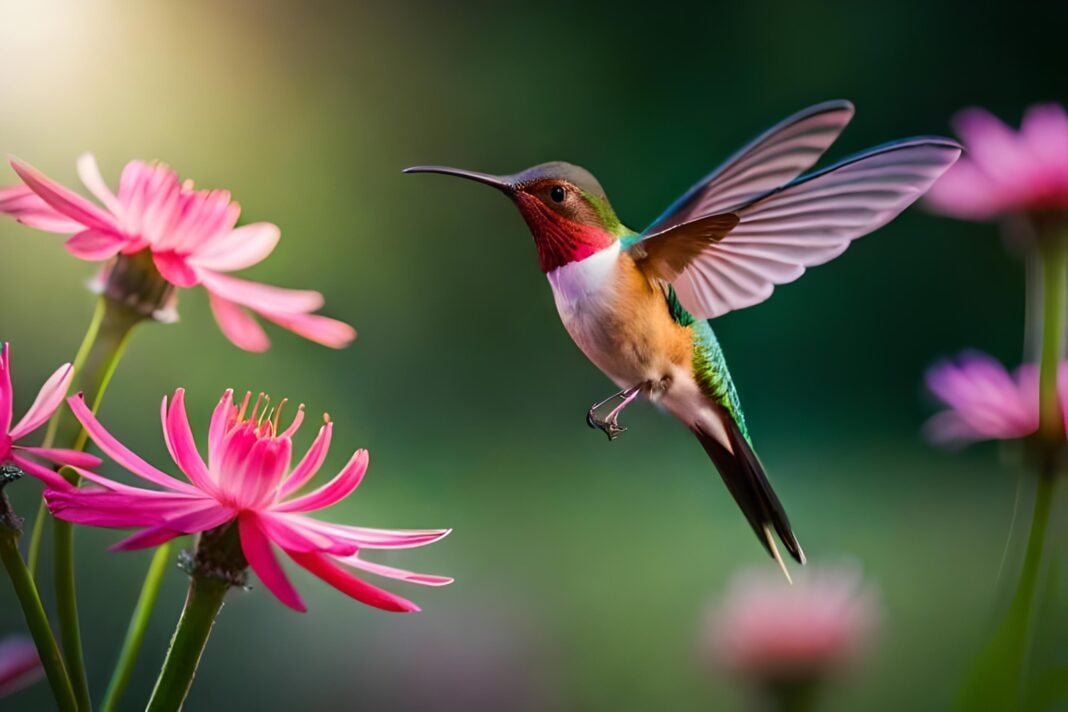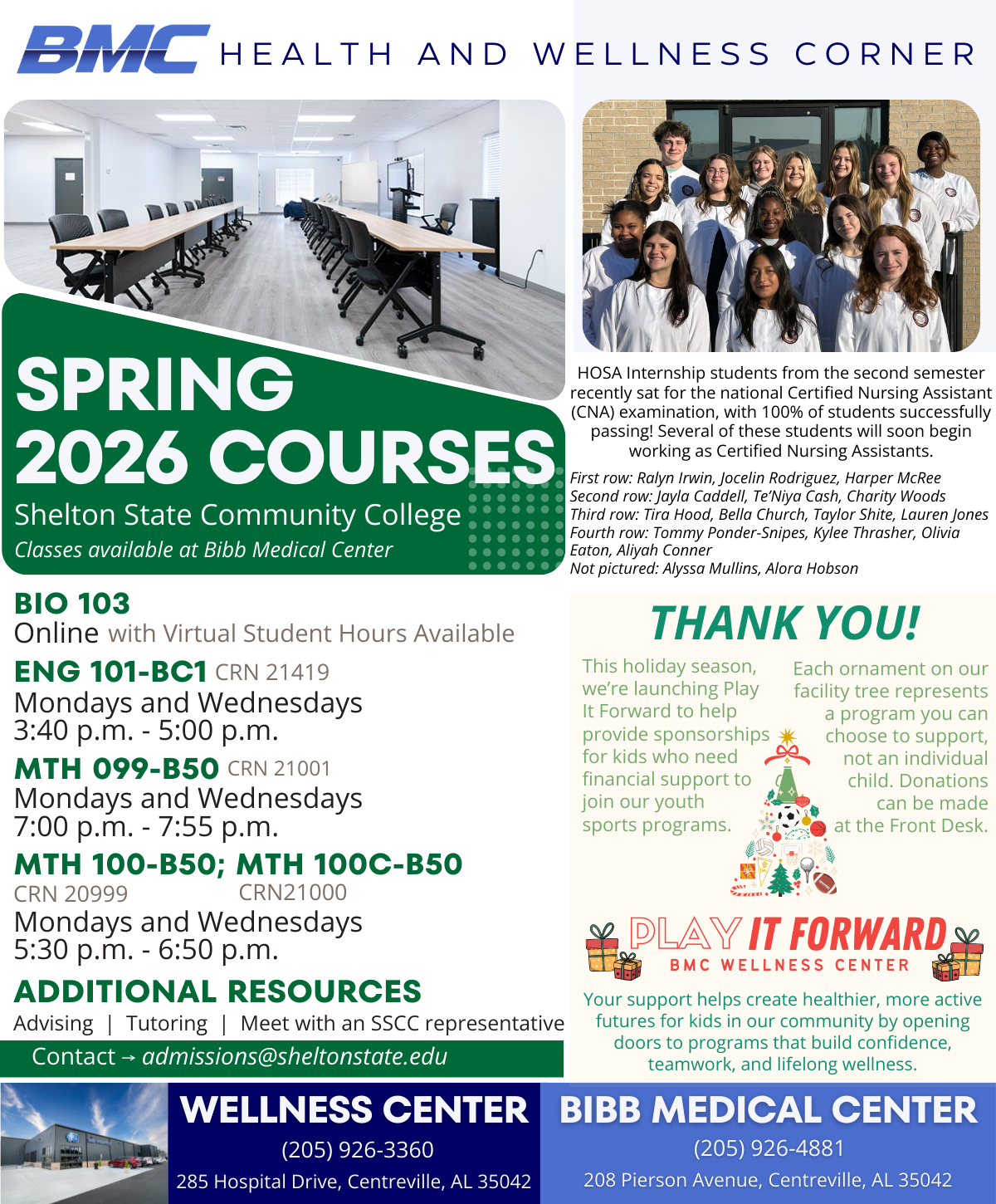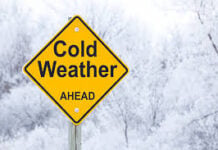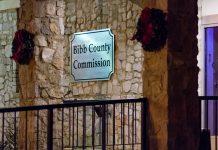The Hummingbird Migration Season Brings Winged Visitors to Bibb County
Reported by Mike Hobson
September 21, 2025
We have invited the hummingbirds to visit our backyard for many years now. As Fall arrives the migration season is upon us and our air space is cluttered with the wings of beautiful hummingbirds, visiting the feeders we keep fresh each year for them.
Many hummingbird species travel thousands of miles each year between their northern breeding grounds and their winter homes in Central America and Mexico. Despite their delicate appearance, they’re surprisingly tough travelers, often flying hundreds of miles at a stretch—even across the Gulf of Mexico in a single nonstop flight!
Still, it’s a tough journey, so they need plenty of food and energy to make the trip safely.
Hummingbirds follow precise seasonal patterns, and timing matters. Knowing when they arrive and leave in your state helps you put feeders out early enough to welcome the first arrivals and keep them up long enough to support late migrants.
In Alabama the Ruby throated bird arrives in March, moves on, and then returns on their way in September – October time frame.
- Hummingbirds can beat their wings up to 80 times per second, and their hearts may race at more than 1,200 beats per minute. Despite their size, they have incredible memory and can recall every feeder they’ve ever visited.
- The Rufous hummingbird makes one of the longest migrations of any bird its size, traveling nearly 4,000 miles round-trip. It’s a reminder of how much energy these tiny birds burn just to survive.
- Sadly, hummingbird populations are facing declines due to habitat loss and climate change. By offering clean feeders and planting nectar-rich flowers, you give them a real chance to thrive during their long journeys.
Despite their speed and agility, hummingbirds face many threats. Predatory birds like hawks and kestrels are natural dangers, but the most common threats come from closer to home: cats are a significant hazard, often preying on hummingbirds as they visit feeders or flowers. Insects such as praying mantises and larger spiders have also been known to catch them, and habitat loss is another major challenge. Even harsh weather can pose a deadly risk, since strong storms or sudden cold snaps can drain their limited energy reserves. This is why providing safe feeding stations, shelter, and native plants can make a real difference in their survival.
Hummingbirds are tough little travelers, but they depend on us more than we realize. By knowing when they come and go, keeping feeders clean and ready, and planting flowers they love, we can enjoy their visits while helping them survive for generations to come.
Hummingbirds are creatures of habit and have excellent memories when it comes to food sources. Many bird enthusiasts notice the same individuals returning to their feeders year after year, often arriving around the same week each season. If you consistently keep feeders stocked with fresh nectar, your yard can become a reliable stop on their migratory route—or even a seasonal “home base.” Just remember to clean feeders every few days to prevent mold or bacteria, which can be harmful to these tiny birds. By maintaining a safe and welcoming space, you’ll increase the chances of seeing those familiar fluttering friends return each year.
You can purchase feeders and prepared feeding solutions. My spouse makes her own with 1 part sugar to 4 parts of water. Coloring is not required. Keep the feeder full and clean and hummingbirds will love your home.

















